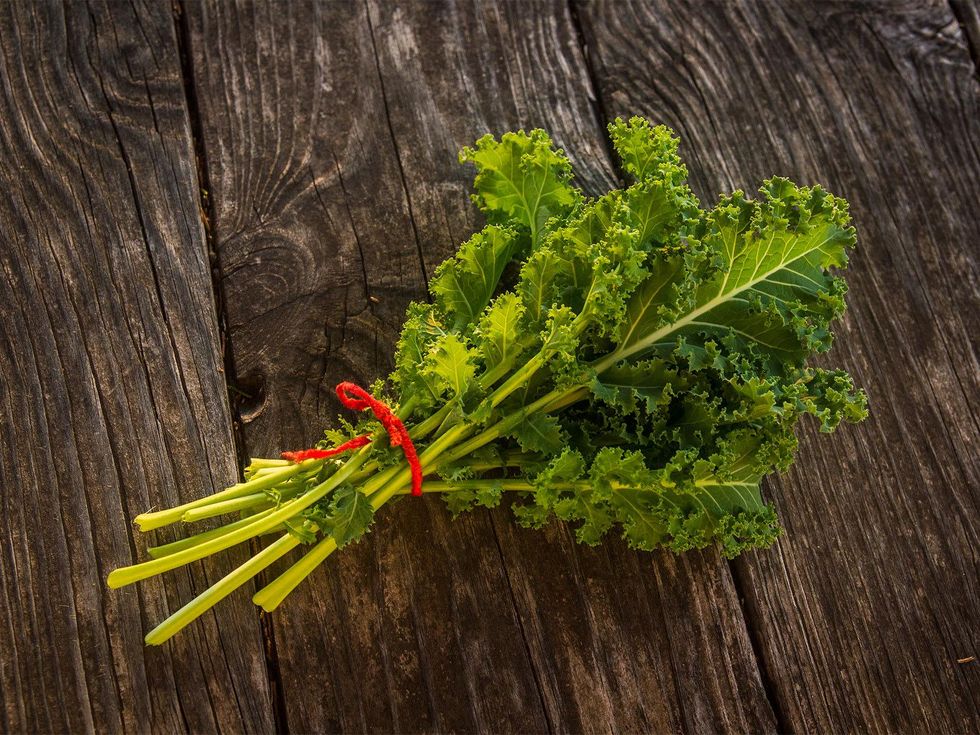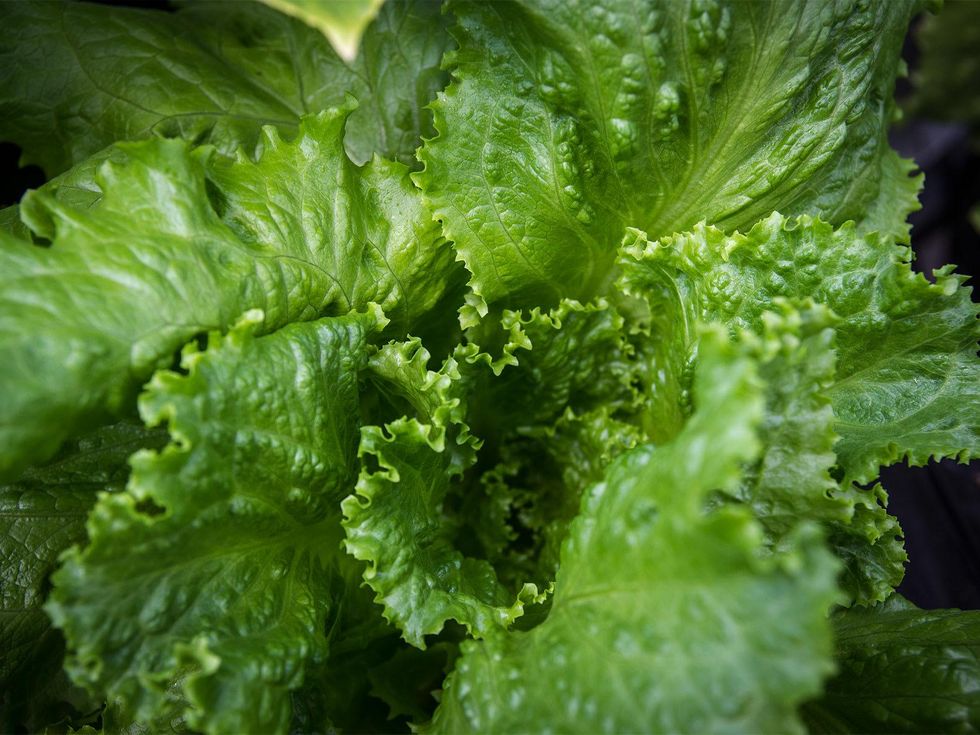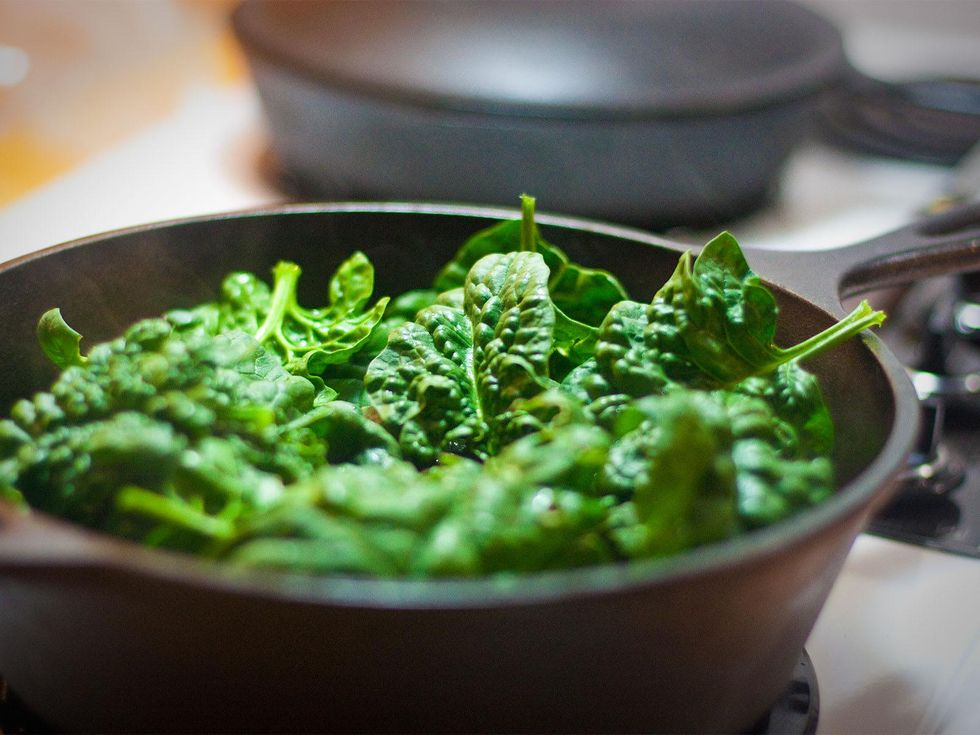The Farmer Diaries
Texas farmer sets sights on vegetables that promote healthy vision
Ever since my retina detached last December and I underwent a vitrectomy, I've been focusing on how to better take care of my eyes. My first reaction to my condition was to examine my diet. But, after consults with ophthalmologists, I've learned that my condition is more likely associated with myopia or age. Nutrition does not seem to have been a factor.
But my suspicions about vision and nutrition weren't entirely off base. I've learned about a condition known as age-related macular degeneration that is indeed associated with diet. AMD, according to the National Eye Institute, is a loss of vision in the center of one's sight that occurs mostly in people 50 and older. Among older adults, it's the top cause of vision loss.
These crops will comprise a sort of healthy-vision garden, giving me no excuse not to eat carotenoid-rich foods with every meal.
In its early stages, AMD can only be found through routine eye exams; it's not usually noticeable by the person who has it because it may not have caused blindness yet. If it goes undiagnosed, though, it can indeed lead to blindness in the center of one's vision; driving becomes impossible, along with reading and even recognizing people's faces. It is debilitating.
Loss of vision from later stages of AMD is irreversible once it happens. But blindness may be slowed down or prevented altogether if it's detected ahead of time, and one of the recommendations to stave it off strikes me as a huge motivation to think twice about what's for dinner. The advice I've read and the instruction given by retina specialists to the AMD sufferers I've met all recommend more leafy greens and vegetables.
This plant-based prescription builds up pigments in the center of the retina, protecting it from the harmful effects of blue, violet and ultraviolet light rays and serving as an antioxidant that keeps cells in the area healthy and working right. The pigments responsible for this protective quality are called lutein and zeaxanthin, neither of which are made by the body.
To get these substances into our eyes requires that we eat plenty of leafy greens and other veggies that have a high content of these so-called carotenoids. Eating a salad every once in a while is not going to do the trick. The intake of these nutrients must be daily, at the rate of about 10 mg/day of lutein and 2 mg/day of zeaxanthin.
I have shown no signs of AMD in my bout with eye problems. Nevertheless, I plan to follow the guidelines I've come across regarding carotenoid intake because lutein and zeaxanthin are also associated with cataract prevention. Because of my vitrectomy, I am almost certain to have a cataract form in the affected eye. Perhaps I can buy some time before cataract surgery is necessary — or beat the odds altogether.
To ensure that I have a plentiful source of carotenoids, I'll plant the following crops in my hydroponic setup and raised bed garden throughout the 2015 growing season. These crops will comprise a sort of healthy-vision garden, giving me no excuse not to eat carotenoid-rich foods with every meal.
Some are more rich in lutein, others in zeaxanthin, so keeping the mix growing simultaneously is high on my garden agenda. Most references I've come across lump both nutrients together, expressing in milligrams the total combined content of lutein and zeaxanthin, even though various fruits and vegetables are usually higher in one or the other. This makes diversity at mealtime a necessity rather than focusing on just one source.
Kale. At the top of the list is cooked kale, weighing in at 23 mg per cup. That's a little more than twice of the recommendation for daily intake. Kale grows well for about eight months of the year but fizzles out during the hot summer months.
Spinach. The second top source for lutein and zeaxanthin is cooked spinach, which has 20 mg per cup. Like kale, spinach will not work well for a summertime source, as it bolts in higher temperatures. But for as long as the weather is mild, spinach is a must for the eye-health garden.
Collard greens. Lasting in the garden longer than kale or spinach, collard greens will extend my access to dark leafy greens at least through June. One cup of cooked collard greens has about 14 mg of lutein plus zeaxanthin, which is less than the top two sources but still more than sufficient for a day's intake.
Swiss chard. At about 10 mg per cooked cup, Swiss chard will round out my carotenoid sources throughout the year as there is no time that this crop is out of season. It's better-tasting in the cooler months but is by no means unpalatable during the hottest part of summer.
Lettuce. At around 2 mg per cup, lettuce is not the surest source carotenoids. But it is a break form dark leafy green monotony. I plan to grow this cool-season crop year-round in a climate-controlled, hydroponic setup.
Squash. Pigmented veggies tend to be better sources of zeaxanthin, so even though squash has only about 2 mg of carotenoids per cup cooked, it supplies a ratio in favor of zeaxanthin.
Corn. At about .5 mg per cup, corn may not seem to be a very quick route to reaching the 10 mg per day of carotenoids we need, but corn boasts a higher ratio of lutein to zeaxanthin.
Yellow bell peppers. Where corn has a higher percentage of lutein in its carotenoid makeup, gold or yellow peppers have a higher ratio of zeaxanthin. The pigment from yellow peppers actually accumulates in the macula of the retina, acting like a natural pair of built-in sunglasses. With squash, Swiss chard and corn, peppers will supply me with the eye nutrients I need during the hotter part of the growing season.



